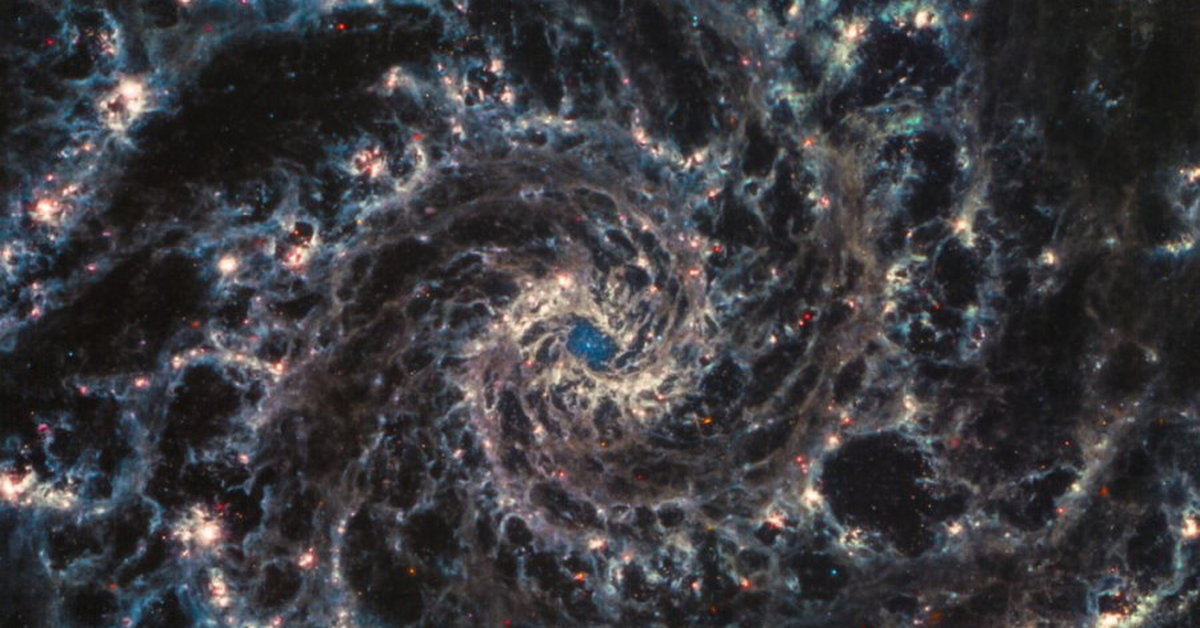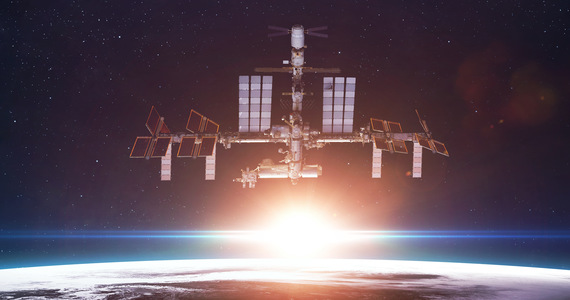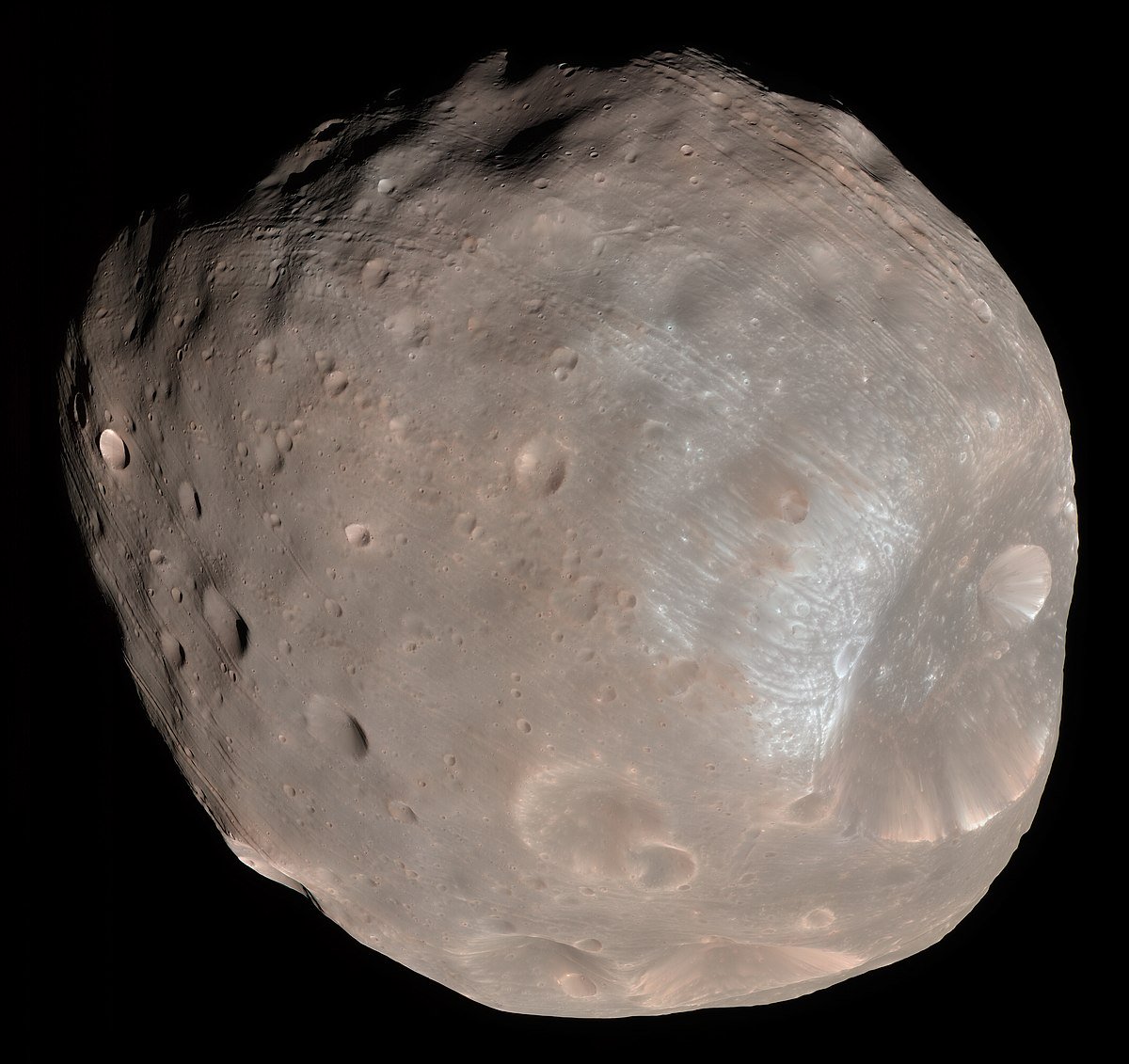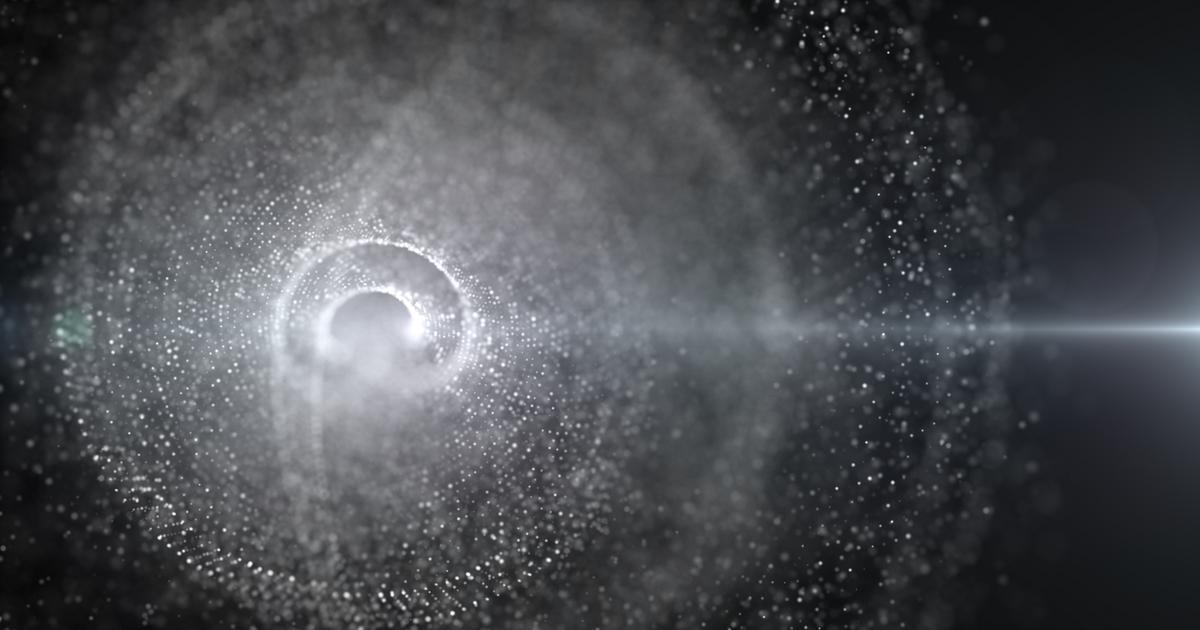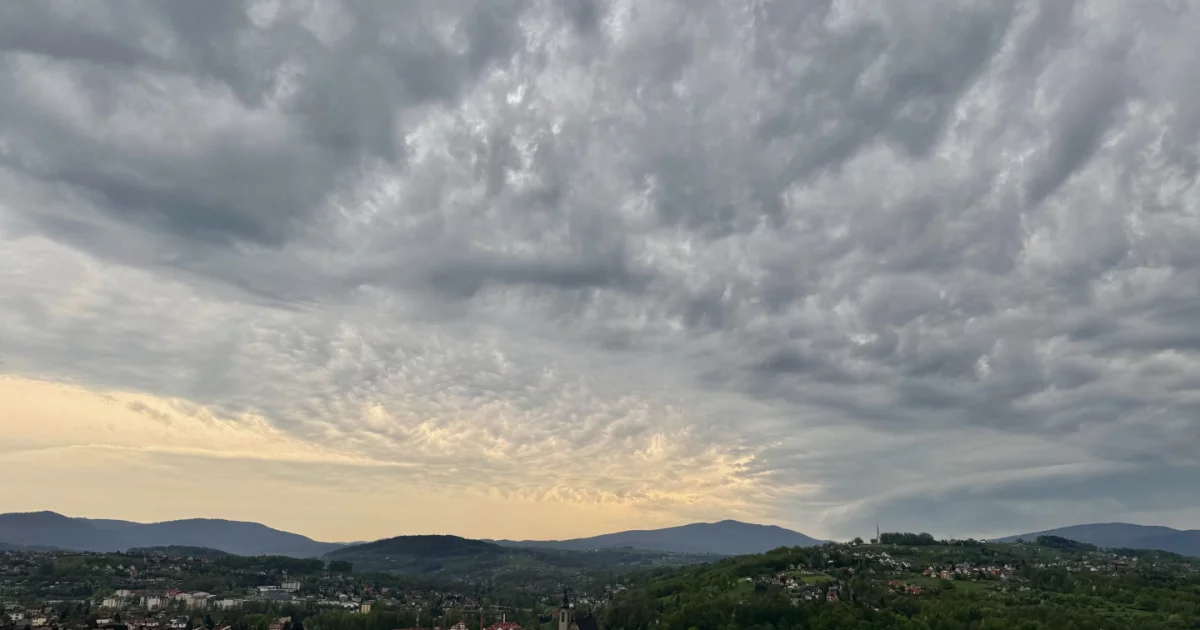Galaxy M74, also known as NGC 628 or PGC 5974, is about 32 million light-years away in the constellation Pisces, oriented in such a way that we can see it from Earth in all its glory. This galaxy has two distinct spiral arms, in contrast to the patchy and jagged structure seen in some other spiral galaxies. Its clearly visible arms make this object one of the favorite targets of astronomers studying the origin and structure of spiral galaxies.
The James Webb Space Telescope peered at M74 using MIRI (Intermediate Infrared Instrument – Camera and Medium and Long Infrared Spectrophotometer – 5 to 28 microns) to learn more about the early stages of star formation. These observations are part of a larger effort to map 19 nearby star-forming galaxies in the infrared. This project is being implemented as part of the international collaboration PHANGS (High Angle Resolution Physics at Near GalaxieS).
These galaxies have already been observed by the Hubble Space Telescope and ground-based observatories. Adding highly detailed observations using the Webb Telescope will allow astronomers to determine star-forming regions in galaxies, accurately measure the mass and age of star clusters, and gain insight into the nature of tiny specks of dust drifting in interstellar space.
The techniques used in the Webb telescope allowed detailed imaging of the object. “Webb’s sharp view revealed minute filaments of gas and dust in the magnificent spiral arms curling outward from the center of this image. The lack of gas in the central region also provides a clear view of star clusters in the galaxy’s core,” NASA and the European Space Agency said in a statement.
The web image appears bright against the deep cosmic background, pink with a hint of a blue hue of fibers of gas and dust swirling around the galaxy’s pale blue core, but M74 was previously imaged by the Hubble Telescope, which captured the pinkish spiral. arms of the galaxy, but the core of the body looked blurry without clear details.
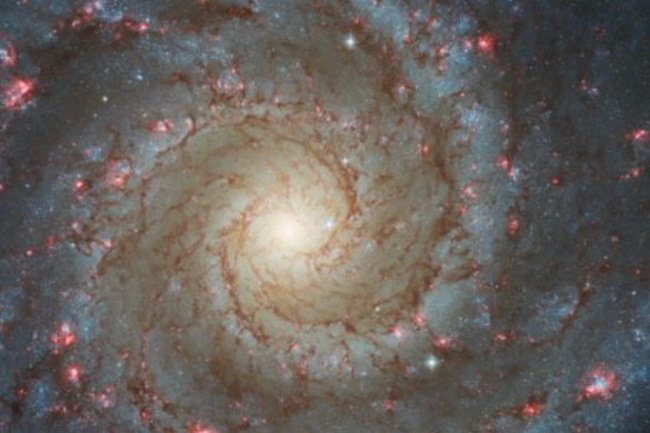 Galaxy Messier 74 in the lens of the Hubble Telescope, Photo: ESA / Webb, NASA & CSA, J. Lee / HANGS-JWST Team / J. Schmidt – Dzienniknaukowy.pl
Galaxy Messier 74 in the lens of the Hubble Telescope, Photo: ESA / Webb, NASA & CSA, J. Lee / HANGS-JWST Team / J. Schmidt – Dzienniknaukowy.plHubble’s ultraviolet and visible light capabilities complement Webb’s unparalleled sensitivity to infrared, as do observations from ground-based radio telescopes such as ALMA. By combining data from telescopes operating across the electromagnetic spectrum, scientists can get a better view of astronomical objects than a single observatory — even with Webb’s power.
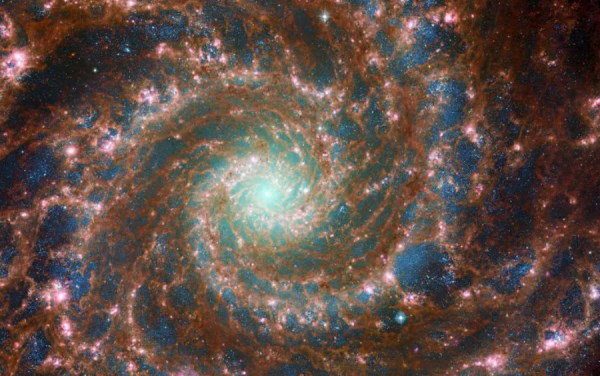 Image of the Messier 74 galaxy created from data from the Hubble Telescope and Webb Telescope, Image: ESA/Webb, NASA & CSA, J. Lee/HANGS-JWST Team/J. Schmidt – Dzienniknaukowy.pl
Image of the Messier 74 galaxy created from data from the Hubble Telescope and Webb Telescope, Image: ESA/Webb, NASA & CSA, J. Lee/HANGS-JWST Team/J. Schmidt – Dzienniknaukowy.pl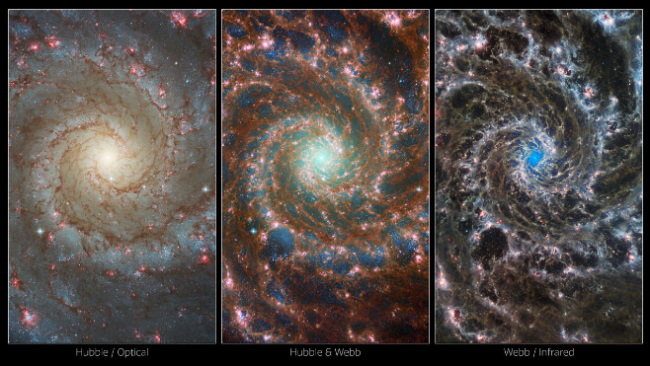 Images of the Messier 74 galaxy from the Hubble Telescope, the Webb Telescope and data from both observatories, Image: ESA / Webb, NASA & CSA, J. Lee / HANGS-JWST team / J. Schmidt – Dzienniknaukowy.pl
Images of the Messier 74 galaxy from the Hubble Telescope, the Webb Telescope and data from both observatories, Image: ESA / Webb, NASA & CSA, J. Lee / HANGS-JWST team / J. Schmidt – Dzienniknaukowy.plJWST
The James Webb Space Telescope (JWST) was launched into space on December 25 last year. It is the most modern space observatory and studies the universe in the near-infrared wavelength range. It has the power to change the face of astronomy. Scientists hope this massive observatory will give them a glimpse into the most distant galaxies ever seen, into the atmospheres of distant planets, and into the dusty cores of star-forming regions.
The successor to the legendary Hubble Telescope is designed to focus on infrared light, giving astronomers the opportunity to peer into the universe’s first moments. This is due to, among other things, a 6.5 meter main mirror made up of gold-plated beryllium hexagonal plates.
The James Webb Telescope is up to 100 times more powerful than the previous Hubble Space Telescope, which has changed our understanding of space in the last 30 years of operation.
Created Date: Today 17:10

Echo Richards embodies a personality that is a delightful contradiction: a humble musicaholic who never brags about her expansive knowledge of both classic and contemporary tunes. Infuriatingly modest, one would never know from a mere conversation how deeply entrenched she is in the world of music. This passion seamlessly translates into her problem-solving skills, with Echo often drawing inspiration from melodies and rhythms. A voracious reader, she dives deep into literature, using stories to influence her own hardcore writing. Her spirited advocacy for alcohol isn’t about mere indulgence, but about celebrating life’s poignant moments.

